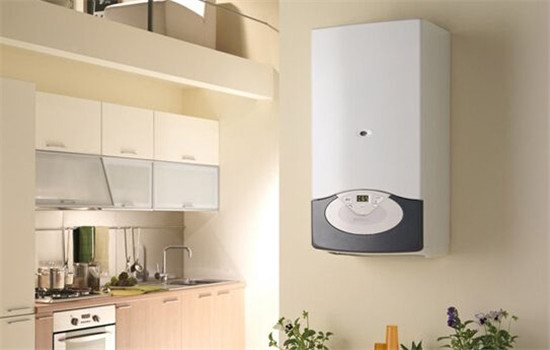Environmental pollution issues make all production and […]
Environmental pollution issues make all production and processing industries take energy conservation and environmental protection as the prerequisite, and the strict regulations of relevant departments have also been adopted in the boiler industry. So what are the general classification of energy-saving and environmentally friendly boilers? What is the principle of an energy-saving boiler? Let me know about it with me.
Types of general energy-saving and environmentally friendly boilers
Energy-saving and environmentally-friendly boilers are classified into gas boilers, oil-fired boilers, biomass boilers, and electric boilers according to fuel. There are currently biogas boilers and alcohol-based fuel boilers on the market. Most of the latter two are boilers for breeding, which can make good use of livestock. Manure, environmental protection and cost saving.
According to the working medium in the boiler, it can be divided into hot water boilers, steam boilers and organic heat carrier boilers, which are used to meet industrial production and daily needs such as heating, power generation, disinfection, and drying.
Principle of energy-saving boiler
The principle of energy-saving boilers is simply to improve the thermal efficiency of the boiler by equipping the boiler with components and equipment, and reduce the fuel consumption per unit time. Commonly used are the waste heat recovery device in the front smoke box and the waste heat recovery device in the flue of the rear smoke box.
Equipped with a burner with better performance on the burner, so that the fuel can enter the furnace to intensify and fully burn, and reduce the increase of pollutants caused by insufficient combustion.
Common maintenance methods for energy-saving boilers
Method one, dry maintenance method, stop the furnace and drain water, clean and rinse the dirt, dry the furnace on a low fire, and then install the 10-30mm chunks of quicklime in trays and place them in the drum to prevent the quicklime from contacting the metal. Good quicklime dosage, check every three months if it is not used for a long time.
Method two, wet maintenance method, discharge the furnace water after stopping the furnace, thoroughly remove the internal dirt, flush it, refill the treated water until it is full, heat the furnace water to 100°C, let the gas in the water discharge out of the furnace, and then Close all valves.
